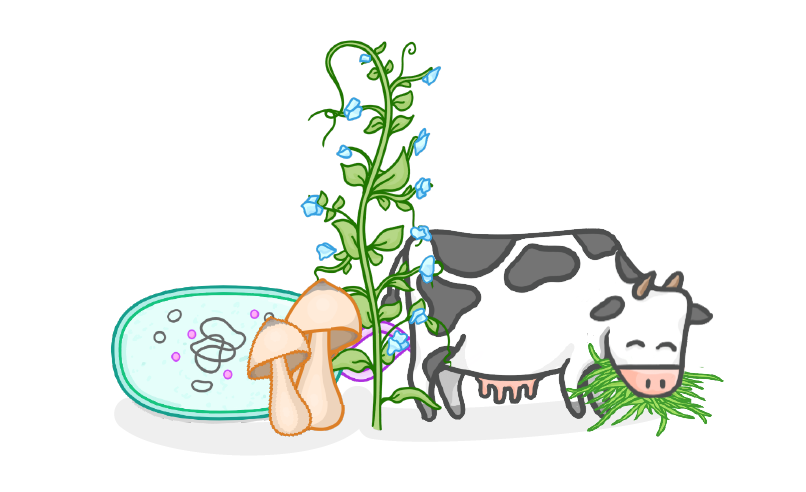Carbon Cycle & Water Cycle
This lesson covers:
- Why substances like carbon and water have to be recycled
- The steps of the water cycle
- The steps of the carbon cycle
Why is recycling nutrients important for all living organisms?
It removes waste materials that make the environment look unpleasant
It provides the nutrients that living organisms use to grow and reproduce
|
Water Cycle
precipitation / vapour / evaporates / transpiration / clouds
- Water from lakes, rivers, oceans, and the soil, into water , and rises into the atmosphere.
- Water can also evaporate from plants in a process called .
- As the water vapour accumulates it can condense to form .
- Later, the water will fall as rain, which we call .
- The water will then seep into the soil, flow into rivers or lakes, and be taken up by plants.
- The whole cycle then repeats over and over.
|
Which statement about evaporation is correct?
Evaporation releases energy
Evaporation is a passive process
Evaporation requires energy
|

What happens to water during condensation?
Liquid water turns into ice
Water vapour turns into liquid water
Water vapour turns into ice
Liquid water turns into water vapour
|
Which process in the carbon cycle removes carbon dioxide from the atmosphere?
Photosynthesis
Feeding
Combustion
Decomposition
Respiration
|
Which three processes in the carbon cycle release carbon dioxide into the atmosphere?
(Select all that apply)
Feeding
Decomposition
Photosynthesis
Respiration
Combustion
|
Which carbon-containing compound do plants produce during photosynthesis?
Carbon dioxide
Oxygen
Glucose
Proteins
|

Why is it important that there is carbon dioxide in the atmosphere?
Carbon dioxide is needed for respiration in animals
Carbon dioxide is needed for photosynthesis in plants
|

Which organisms decompose dead organic matter?
Bacteria
Fungi
Viruses
Plants
|